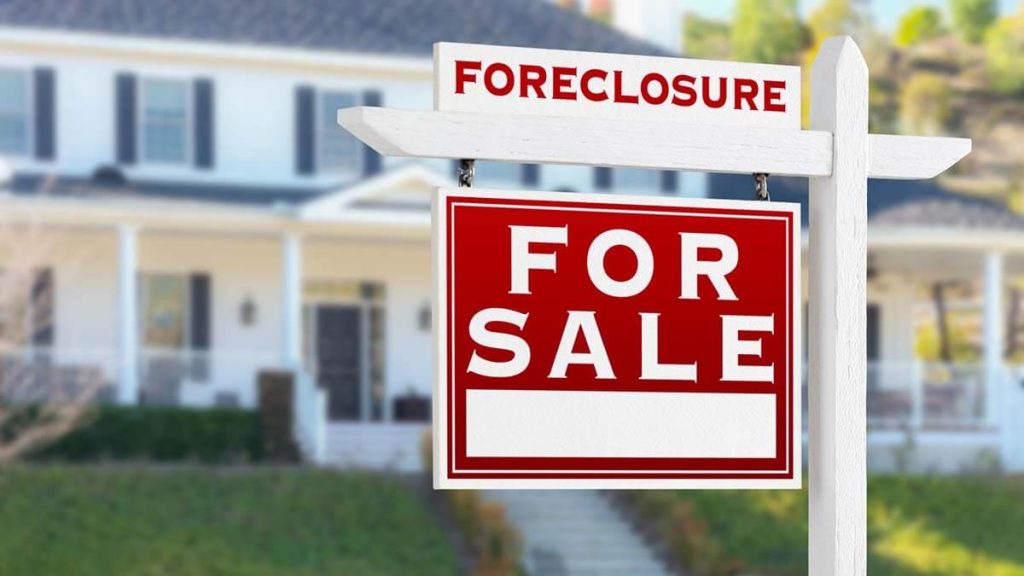First things first: understand the timeline
Falling behind on payments can feel overwhelming, but you have options before the bank completes a foreclosure. Early action expands those options: you can negotiate with your lender, pursue assistance programs, or sell quickly for cash to lock in a clean exit. If you want a no-pressure offer to compare alongside lender options, start here: Get a Cash Offer.

Pre-foreclosure vs. foreclosure
Pre-foreclosure usually begins after missed payments and a formal notice from your lender. This window is critical—you can still resolve the debt, reinstate the loan, or sell the property before a sale date is scheduled. Once a foreclosure sale is set, choices narrow and timelines tighten.
Option 1: Talk to your lender early
Most lenders prefer solutions over foreclosures—they’re costly and time-consuming. Contact your servicer as soon as you anticipate a problem.
Forbearance and repayment plans
If hardship is temporary, lenders may pause or reduce payments for a limited period, then add a structured catch-up plan after the forbearance ends.
Loan modification
If your income has changed long-term, a modification can rework the loan—adjusting rate, term, or capitalization of arrears—to create a payment you can sustain.
Reinstatement
If you can gather the delinquent amount (plus fees) by a specific date, reinstatement stops the process and returns your loan to current.
Option 2: Sell before foreclosure
When keeping the home no longer fits your budget or timeline, selling can be the most predictable path. You have two main routes: list on the open market or sell directly for cash.
Listing on the MLS
A traditional listing can fetch a top-of-market price in great condition and a favorable market. But it also introduces uncertainty: showings, inspection renegotiations, lender appraisals, and contingency delays. If a foreclosure date is close—or the home needs significant repairs—time may not be on your side.
Direct, as-is sale for cash
A direct sale to a local buyer is built for speed and certainty. You skip repairs, showings, and financing risks, and you can align closing with payoff statements to stop the process cleanly. See how our step-by-step process works on How to Sell Your House.
How a fast, as-is sale works when you’re behind
One conversation, one walkthrough
Start with basic property details and your deadline. We’ll arrange a quick walkthrough—no staging, no open houses—to confirm condition and repair scope.

Clear, no-obligation offer
You’ll receive a straightforward number with no agent commissions, plus what fees we’ll cover and your expected net after payoff. If you accept, we will coordinate with the attorney and your lender to ensure funds arrive in time. If you want to see how others experienced the process, visit our Reviews.
Pick a closing date that stops the clock.
With cash, there’s no lender or appraisal holding things up. You can often choose a closing date that precedes your sale deadline. If you need to confirm coverage, check our Service Area.
Short sales: a specialized path
If your home’s market value is less than what you owe, a short sale asks the lender to accept less than the full payoff. This can take longer because the bank must approve the contract. It’s an option if you can’t bring funds to closing, but it may not fit extremely tight timelines. A direct cash offer can still help by providing a clean, bank-ready contract and a reliable close date.
What about equity and credit impact?
Preserving equity
If you have equity, selling before foreclosure allows you to capture it rather than risk added legal fees, penalties, or a distressed sale outcome. A fast, as-is sale minimizes extra months of mortgage, taxes, insurance, and utilities that can erode your proceeds.
Protecting your credit
Foreclosure can leave a long-lasting mark on your credit. Resolving the debt through a sale and payoff typically has a smaller impact and lets you reset sooner. Ask us for a simple net sheet so you can compare outcomes side-by-side.
Common hurdles—and how to handle them
Major repairs or code issues
Don’t have the budget to fix a roof, HVAC, or water damage? A direct buyer prices repairs into the offer so you can sell “as-is” without out-of-pocket costs.
Tenant-occupied or inherited homes
If you’re carrying a rental or recently inherited property, showings and repairs can be tough. We buy occupied and inherited homes; see our process on How to Sell Your House, and reach out via Contact Us for specific questions.
Tight deadlines
If a sale date is approaching, clarity and speed matter. We coordinate with the closing attorney and your lender to obtain payoff statements and align the wire precisely.
How offers are built (and kept fair)
ARV minus costs
We start from the after-repair value (what the home should sell for once updated), subtract verified renovation, holding, and closing costs, and include a fair margin for risk. The math is shared transparently so you can decide with confidence.
Local comps and your timeline
Recent neighborhood sales anchor pricing; your preferred close date and risk profile fine-tune the number. Need extra time to move? Ask about a short post-closing occupancy; in many cases, it can be arranged.
A quick decision framework
If you want to keep the home
Call your servicer, ask about forbearance or modification, gather documents, and respond quickly to requests.
If you’re ready to exit
Request a fast, as-is offer, compare your net after payoff to any listing or short sale scenario, and choose the path that gives you the best mix of certainty and proceeds.
Ready to review your options?
There’s no one-size-fits-all answer, but you do have choices—and acting early keeps them open. If you want a clear, no-pressure number you can compare with lender options, start here: Get a Cash Offer. Prefer to talk it through first? Send a note on our Contact Us
